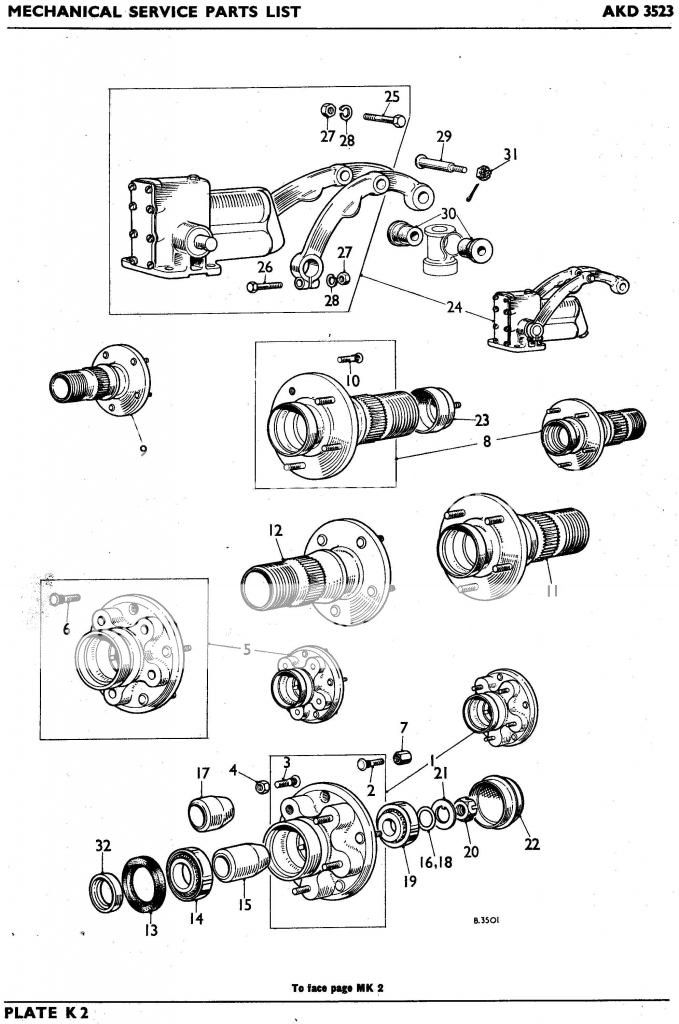Hawkscoach
Jedi Hopeful
Offline
gentlemen,
I was able to remove the dust cover (thanks to some previous advice from this site) using a small block of wood with a hole drilled through the center and a nut/bolt, some careful prying and out she came. guess i was lucky with this side. the cotter pin is a pain to remove, however, with some careful patience, it came out. I have NO IDEA how to put another back in? Anyway, my question is; to remove the nut inside, is this a reverse thread? or normal direction? It is tight and I didn't want to force it so I put it down last night and seek your direction..........thanks in advance.
Doug
I was able to remove the dust cover (thanks to some previous advice from this site) using a small block of wood with a hole drilled through the center and a nut/bolt, some careful prying and out she came. guess i was lucky with this side. the cotter pin is a pain to remove, however, with some careful patience, it came out. I have NO IDEA how to put another back in? Anyway, my question is; to remove the nut inside, is this a reverse thread? or normal direction? It is tight and I didn't want to force it so I put it down last night and seek your direction..........thanks in advance.
Doug

 Hey there Guest!
Hey there Guest!
 smilie in place of the real @
smilie in place of the real @
 Pretty Please - add it to our Events forum(s) and add to the calendar! >>
Pretty Please - add it to our Events forum(s) and add to the calendar! >> 
 . The trick with the split pin is to make sure that the length is right to allow you to just spread it with a screw driver just below the nut.
. The trick with the split pin is to make sure that the length is right to allow you to just spread it with a screw driver just below the nut.




 A friendly reminder - be careful what links you click on here. If a link is posted by someone you don't know, or the URL looks fishy, DON'T CLICK. Spammers sometimes post links that lead to sites that can infect your computer, so be mindful what you click.
A friendly reminder - be careful what links you click on here. If a link is posted by someone you don't know, or the URL looks fishy, DON'T CLICK. Spammers sometimes post links that lead to sites that can infect your computer, so be mindful what you click.